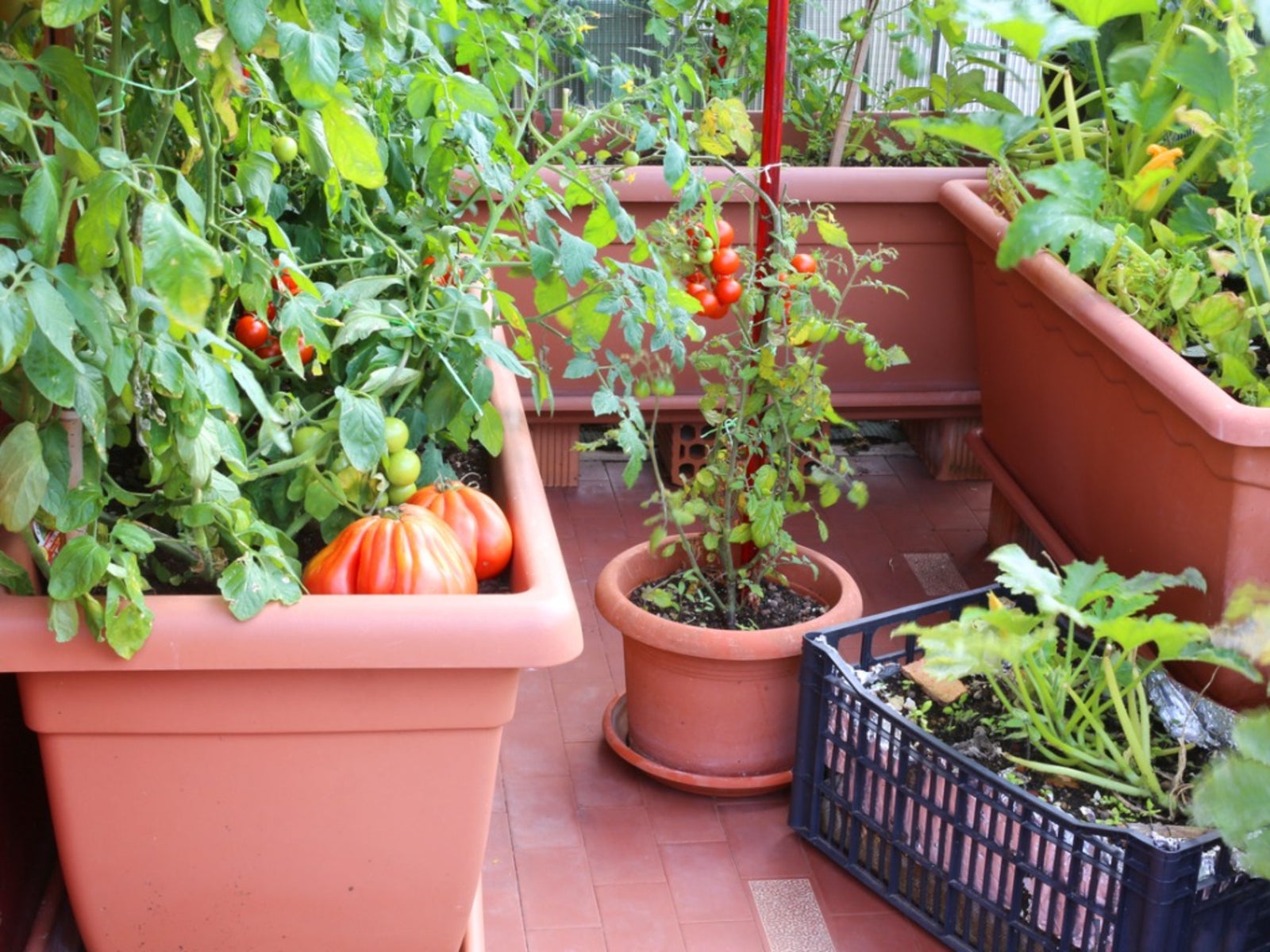Southwest Container Vegetables - Growing Container Vegetables In The Southwest


The Southwest is a region of sunshine and warm temperatures which seems to signal gardening success, but can pose some problems as well. Gardeners with small garden spaces may need to grow potted vegetables in the desert. However, soil fertility, extreme heat, and dryness are all issues with container gardening. Learn the best tips on Southwest container gardening and reap bumper crops.
Arid, desert-like regions receive blazing sun, cold nights, and very little precipitation. This is a recipe for disaster for Southwest container vegetables without careful preparation and management. The benefits of container gardening outweigh these challenges. They are perfect for smaller sites like patios and lanais, are easy to keep an eye on, and provide a gardening experience for those with limited mobility.
Container Vegetables in the Southwest
Growing vegetables close to the home keeps them near to hand and within just a few steps for care and harvest. There are lots of veggies that perform beautifully in containers. Some have special needs such as trellises or staking, or deep containers, as with root crops. But most just need good soil, excellent drainage, consistent moisture, and seeds or transplants. The selection of container for potted vegetables in the desert is up to the gardener, but unglazed containers allow excess moisture to drain and air to penetrate. This may be a good thing or a bad thing, as containers dry much more quickly than in ground plants. Most veggies don't like to be crowded and root bound so shoot for something that will give them room to develop when they are mature sized.
Types of Southwest Container Vegetables
What can you grow? The sky is almost the limit. Tomatoes, peppers, leafy greens, herbs, potatoes, cucumber, eggplant, root crops, zucchini and other soft skinned squash, beans, peas, cabbage, and onions and other Allium. Larger crops such as winter squash and pumpkins need plenty of room to spread, but for smaller varieties, a sturdy trellis system may be required. Pay attention to how far apart the plantings are recommended, and how much soil depth the roots will need. This should be on the seed packet or tag on purchased transplants.
Installation and Care of Container Vegetables in the Southwest
Southwest container gardening doesn't have to be complex. Choose your soil carefully. Either purchase a good potting soil or make your own. Avoid using garden soil that has weeds and potential disease. Install the plants at the space required and water them in well. Watering will be crucial to plant health and development. Keep soil evenly moist. Occasionally water deeply enough that water pours out of the drainage holes and leaches excess salts.
Feed two weeks after installing plants with a diluted fertilizer, and continue every 2 weeks. Stake, train, and weed as needed. With just a little management, you could be eating home grown food in just a few months.
Sign up for the Gardening Know How newsletter today and receive a free copy of our e-book "How to Grow Delicious Tomatoes".

Bonnie Grant is a professional landscaper with a Certification in Urban Gardening. She has been gardening and writing for 15 years. A former professional chef, she has a passion for edible landscaping.